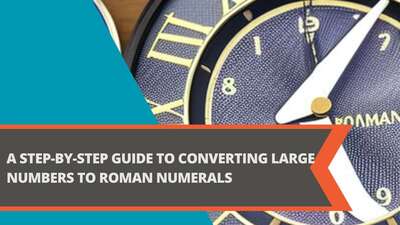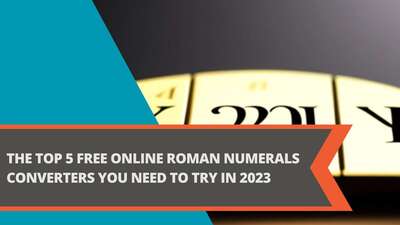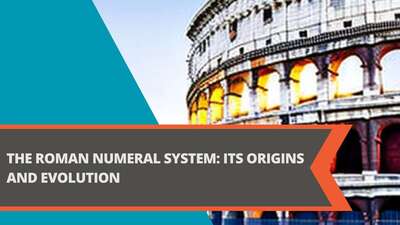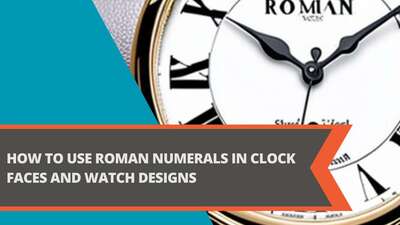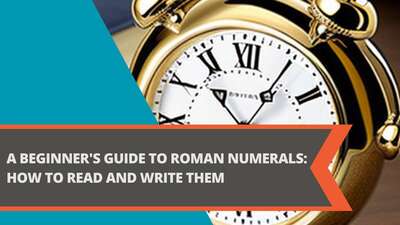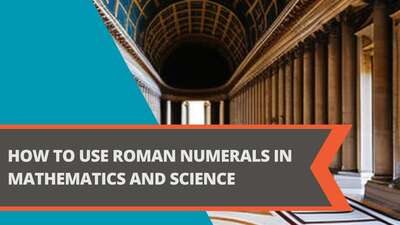Converting Binary to Decimal: A Step-by-Step Guide
- Definition of Binary and Decimal Number Systems
- The Formula for Converting Binary to Decimal
- Examples of Converting Binary to Decimal
- Explanation of the Converting Binary to Decimal Formula
- Question and Answer (FAQ) Section
- Q: Why do we need to convert binary to decimal?
- Q: What is the largest decimal number that can be represented by an 8-bit binary number?
- Q: Can decimal numbers be represented in binary?
- Q: What is the difference between binary and decimal?
- Conclusion
- References
Binary and decimal are two of the most common number systems used in computer science and engineering. Binary is a base-2 number system that uses only two digits, 0 and 1, to represent all numbers. Decimal, on the other hand, is a base-10 number system that uses ten digits, 0 through 9, to represent all numbers. Converting binary numbers to decimal is an essential skill for any computer programmer or engineer. In this article, we will provide a step-by-step guide to help you understand how to convert binary to decimal.
Definition of Binary and Decimal Number Systems
A binary number system is a system of numbers that uses only two digits, 0 and 1, to represent all numbers. The value of each digit in a binary number is determined by its position. The rightmost digit represents the value of 1, the next digit to the left represents the value of 2, and so on. Each digit in a binary number is called a bit. The binary number system is used in computers because it is easier for electronic devices to understand and work with two states, on and off, which can be represented by 0 and 1.
A decimal number system is a system of numbers that uses ten digits, 0 through 9, to represent all numbers. The value of each digit in a decimal number is determined by its position. The rightmost digit represents the value of 1, the next digit to the left represents the value of 10, the next digit to the left represents the value of 100, and so on.
The Formula for Converting Binary to Decimal
The formula for converting a binary number to a decimal number is simple. To convert a binary number to a decimal number, you need to multiply each digit of the binary number by 2 raised to the power of the position of the digit and then add up the results. The formula can be written as:
decimal = dn*2n + dn-1*2n-1 + ... + d0*20
Where dn, dn-1, ..., d0 are the binary digits from the rightmost to the leftmost digit, and n is the total number of digits in the binary number.
Examples of Converting Binary to Decimal
Let's look at some examples to help you understand how to convert binary to decimal:
Example 1: Convert the binary number 101011 to a decimal number.
We start by multiplying the rightmost digit (1) by 2 raised to the power of 0 (which is 1), which gives us 1. We then multiply the next digit (1) by 2 raised to the power of 1 (which is 2), which gives us 2. We continue this process for each digit, adding up the results as we go along:
1010112 = 1*25 + 0*24 + 1*23 + 0*22 + 1*21+ 1*20 = 4310
Therefore, the decimal equivalent of the binary number 101011 is 43.
Example 2: Convert the binary number 1100101 to a decimal number.
We follow the same process as in Example 1:
11001012 = 1*26 + 1*25 + 0*24 + 0*23 + 1*22 + 0*21 + 1*20 = 10110
Therefore, the decimal equivalent of the binary number 1100101 is 101.
Explanation of the Converting Binary to Decimal Formula
The formula for converting binary to decimal works by multiplying each binary digit by the appropriate power of 2 and adding up the results. The rightmost digit in a binary number has a position of 0 and represents the value 20 = 1. The next digit to the left has a position of 1 and represents the value 21 = 2. The next digit to the left has a position of 2 and represents the value 22 = 4, and so on.
For example, in the binary number 101011, the leftmost digit (1) represents 25 = 32, the next digit (0) represents 24 = 16, the next digit (1) represents 23 = 8, and so on.
By multiplying each binary digit by the appropriate power of 2 and adding up the results, we get the decimal equivalent of the binary number.
Question and Answer (FAQ) Section
Here are some common questions and answers about converting binary to decimal:
Q: Why do we need to convert binary to decimal?
A: Converting binary to decimal is necessary for working with numbers in computer programming and engineering. Most programming languages and electronic devices use the binary number system, but it is often easier for humans to work with decimal numbers. Converting binary to decimal allows us to understand and manipulate binary numbers in a way that is more intuitive for humans.
Q: What is the largest decimal number that can be represented by an 8-bit binary number?
A: An 8-bit binary number can represent a total of 28 = 256 different values, including 0. The largest decimal number that can be represented by an 8-bit binary number is 28 - 1 = 255.
Q: Can decimal numbers be represented in binary?
A: Yes, decimal numbers can be represented in binary using a process called binary encoding. In binary encoding, the decimal number is converted to binary using the same principles as converting binary to decimal. The binary number can then be stored, transmitted, or manipulated in the same way as any other binary number.
Q: What is the difference between binary and decimal?
A: Binary and decimal are two different number systems. Binary is a base-2 number system that uses only two digits, 0 and 1, to represent all numbers. Decimal is a base-10 number system that uses ten digits, 0 through 9, to represent all numbers. In binary, each digit represents a power of 2, while in decimal, each digit represents a power of 10.
Conclusion
Converting binary to decimal is a fundamental skill in computer programming and engineering. It allows us to understand and manipulate binary numbers in a way that is more intuitive for humans, and is necessary for many tasks, such as working with IP addresses or performing arithmetic operations in programming languages. By following the step-by-step guide outlined in this article, you can quickly and easily convert any binary number to decimal. Remember that practice is key when it comes to mastering this skill, so don't hesitate to try out different examples and exercises to improve your understanding of the process.
References
Remember to always use reliable sources when seeking information on technical topics. The above references provide additional information and context that may be helpful in furthering your understanding of binary and decimal numbers.
